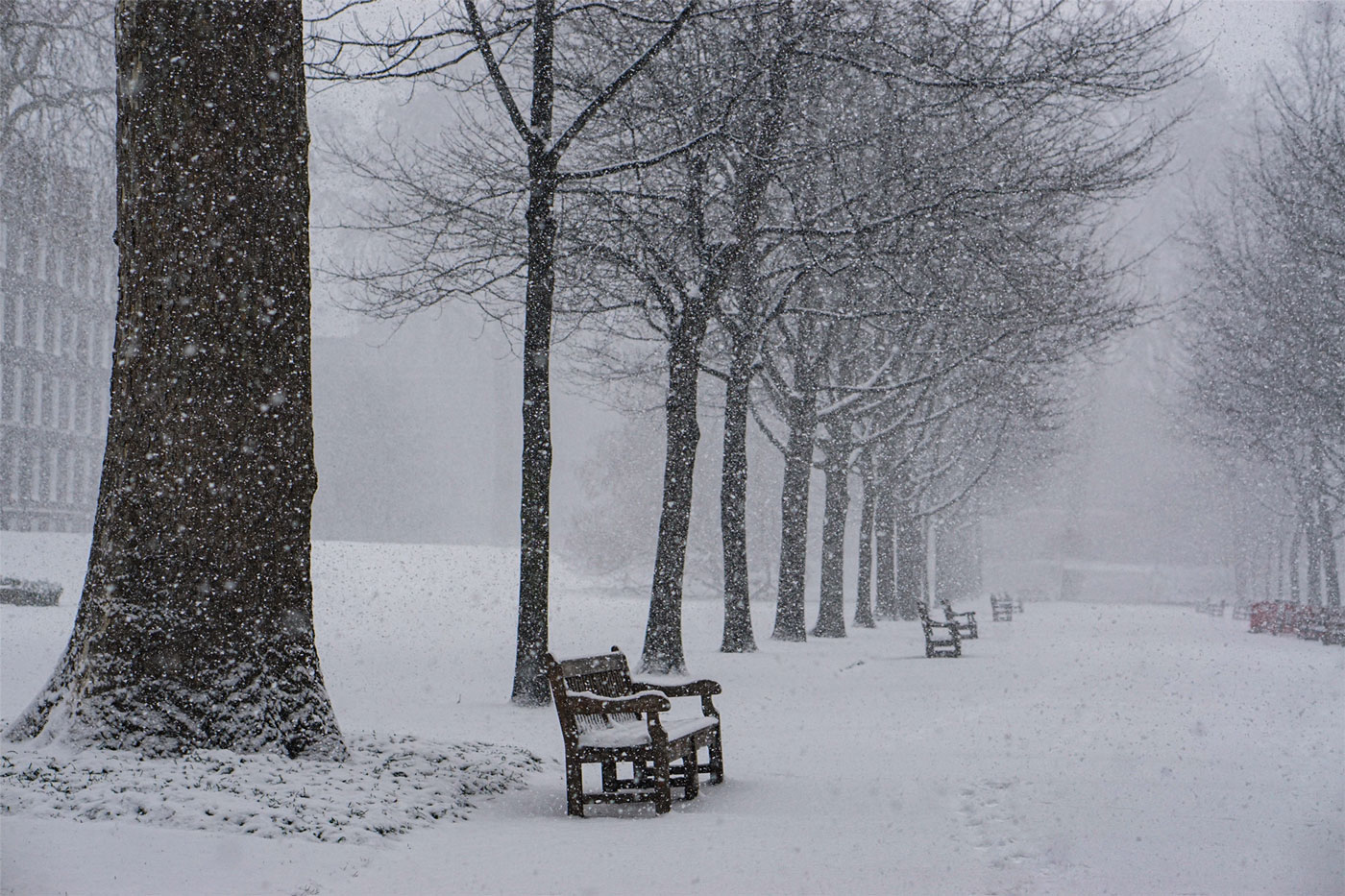As we enter the coldest months of the winter, it’s the best time to take into consideration how much it costs to maintain ideal conditions and temperatures indoors. While homeowners and the majority of businesses face costs for keeping interior spaces warm enough for comfort or at temperatures just high enough to keep pipes from freezing, cold storage warehouses face other problems.
In Minnesota, outdoor temperatures in the winter can often match ideal conditions inside cold storage warehouses, but climate control requirements can create their own costs. At Minnesota Freezer Warehouse Company, we use the chilly outdoor temperatures in the winter to our advantage, sinking costs that would be used to combat outside heat any other time of the year to improve our climate control precision for cold storage in the Upper Midwest.
Average temperatures in the Upper Midwest and southcentral Minnesota reach highs of 20-25ºF and lows under 10ºF during the winter. This compares better than any other time of year to our ideal refrigerator temperatures of 41ºF, freezer temperatures of 0ºF, and dry storage temperatures of around 50ºF. Because the outdoor temperatures are so much lower than other times of the year, we spend much less on maintaining exact cold storage warehouse temperature requirements.
What we focus on instead of the exact temperatures in the different storage sections of our warehouses during the winter is our climate control. Temperature is just a part of climate control in a cold and dry storage warehouse. Because we offer frozen, refrigerated, and dry storage to customers globally, our requirements for climate control specific to each type of storage must be met to protect the products we import, store, and export.
Although the temperatures are lower outside in the winter, the humidity inside tends to increase naturally with the controlled airflow sealed inside. Our airflow and HVAC systems are critical components of our climate control systems. Thanks to the cold winter months, we can spend more time and money on perfecting the airflow and humidity control of our climate regulating systems. For each of our warehouse sections, regulating climate control promotes better storage practices including:
- Frozen: Improving climate control during the winter means protecting frozen goods from freezer burn that can occur in the slightly thawed and refrozen areas of a warehouse. It also protects goods from excess ice crystal build up.
- Refrigerated: Humidity control and airflow in a refrigerated warehouse prolongs the shelf life of goods and helps eliminate cross-contamination.
- Dry: For dry storage, climate control is often more critical than temperature regulation. Maintaining zero humidity protects dry foods from any compromise of quality and prevents the potential of food-borne bacteria growth.
Though the winter is cold in Minnesota, we still have to provide quality, precise cold storage in the Upper Midwest through climate control. To learn more about our cold storage services, contact MFWC today at (507) 373-1477 or info@mfwc-cold.com.

